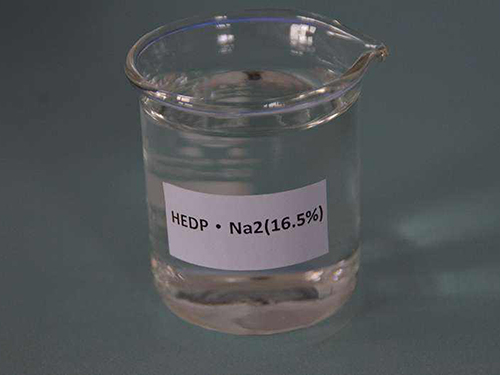Understanding the Composition and Uses of Poly Aluminum Chloride in Water Treatment
What is Poly Aluminum Chloride?
Poly Aluminum Chloride (PAC) is a widely used inorganic polymer compound that is primarily utilized in water treatment processes. It is a coagulant often employed in various applications, including drinking water purification, wastewater treatment, and in industries requiring large-scale water clarification. PAC is favored over traditional aluminum sulfate due to its enhanced coagulation efficiency, lower dosage requirements, and a broader pH range for effective operation.
Composition and Structure
PAC has a basic formula represented as Aln(OH)mCl3n-m, where ‘n’ denotes the degree of polymerization and reflects the number of aluminum ions present. The polymeric nature of PAC leads to a gel-like structure, which is critical for its efficacy as a coagulant. Generally, PAC is produced by the reaction of aluminum hydroxide with hydrochloric acid. The resulting product is available in various forms, including liquid and powder, which can be chosen depending on the specific application and treatment process.
Mechanism of Action
The primary mechanism through which PAC operates involves coagulation and flocculation. Coagulation is the process where tiny particles suspended in water are grouped together to form larger particles, known as flocs. PAC effectively neutralizes the charges on these particles, facilitating their agglomeration. Once formed, the larger flocs can easily settle at the bottom of the treatment tank or can be removed through filtration methods. This process enhances the clarity of the treated water and reduces the concentration of undesirable contaminants.
what is poly aluminum chloride

Advantages of Poly Aluminum Chloride
One of the most significant advantages of PAC is its ability to function effectively across a wide pH range (4-10), making it adaptable for various water sources and conditions. In comparison to aluminum sulfate, PAC typically requires lower doses, thus reducing the overall chemical cost and minimizing sludge production. Furthermore, PAC tends to produce less residual aluminum in the treated water, which can be a critical factor in drinking water applications where aluminum levels are regulated due to potential health risks.
Another notable benefit of using PAC is its ability to flocculate a wide range of contaminants, including suspended solids, organic matter, and even some pathogens, making it ideal for use in different treatment settings. Its versatility allows for its application not only in municipal water treatment but also in industries such as paper manufacturing, textiles, and oil refining.
Environmental Considerations
While the use of PAC is highly beneficial, it is essential to recognize the importance of handling and storing this chemical safely. Operators must be trained to ensure compliance with safety regulations and environmental guidelines, as improper handling can lead to potential hazards. Additionally, regular monitoring of water quality parameters after treatment is advisable to evaluate the effectiveness of PAC and ensure it meets local safety standards.
In conclusion, Poly Aluminum Chloride is a vital compound in the field of water treatment that enhances the efficiency and effectiveness of coagulation processes. Its versatility, along with its operational advantages over traditional coagulants, makes PAC a preferred choice in numerous applications related to water purification. As water quality continues to be a pressing global issue, the role of PAC in ensuring safe and clean water supply remains crucial.
-
The Power of Isothiazolinones in Modern ApplicationsNewsMay.08,2025
-
Flocculants in Water TreatmentNewsMay.08,2025
-
Flocculants and Chemical Solutions: What You Need to KnowNewsMay.08,2025
-
Flocculants and Chemical Solutions: A Growing IndustryNewsMay.08,2025
-
Essential Chemicals: Polymaleic Anhydride and MoreNewsMay.08,2025
-
Acrylic Polymers: Essential Solutions for IndustryNewsMay.08,2025





